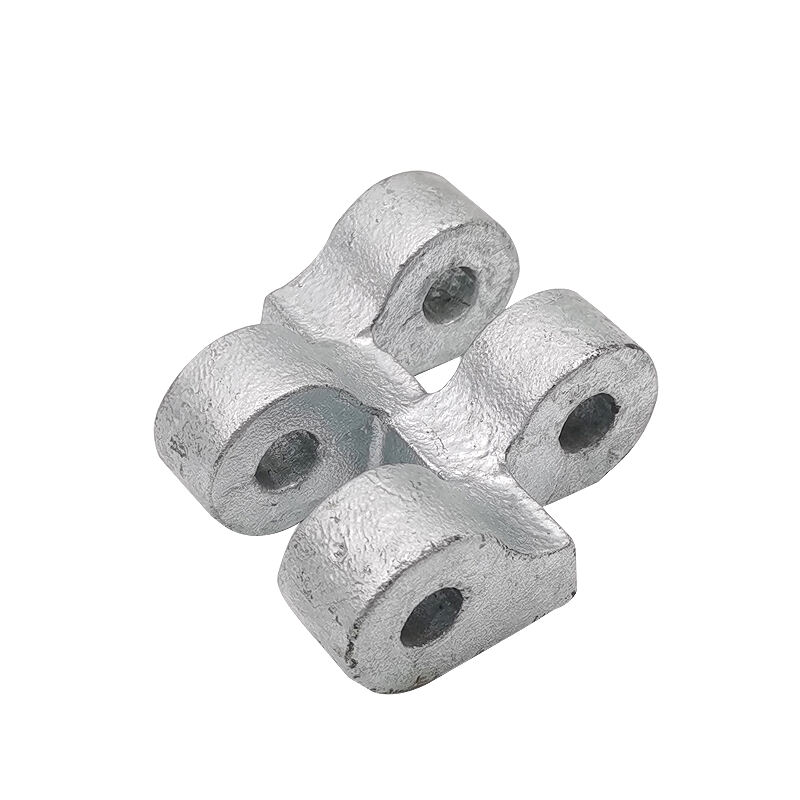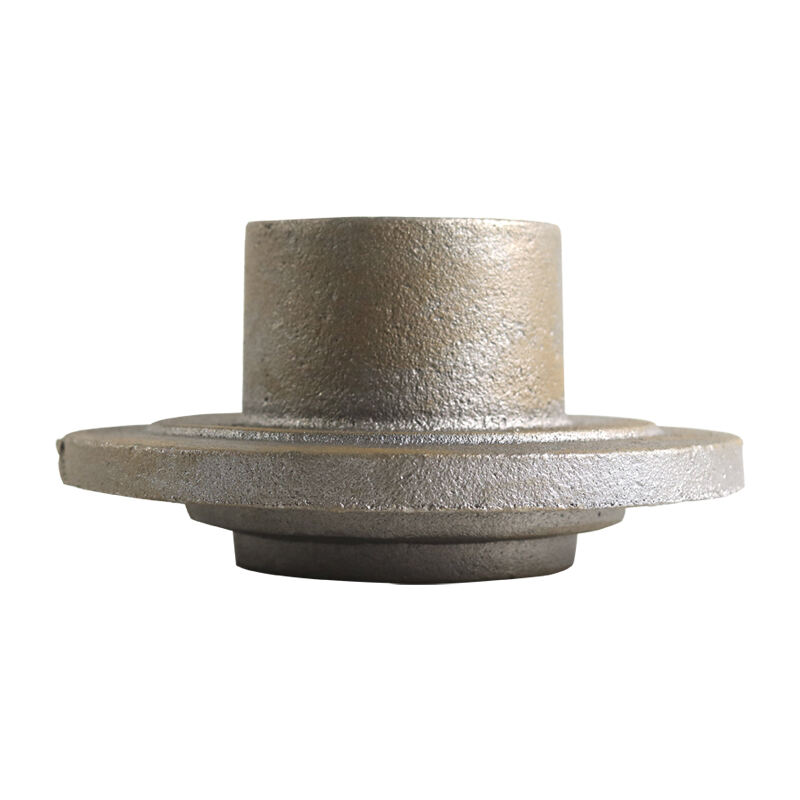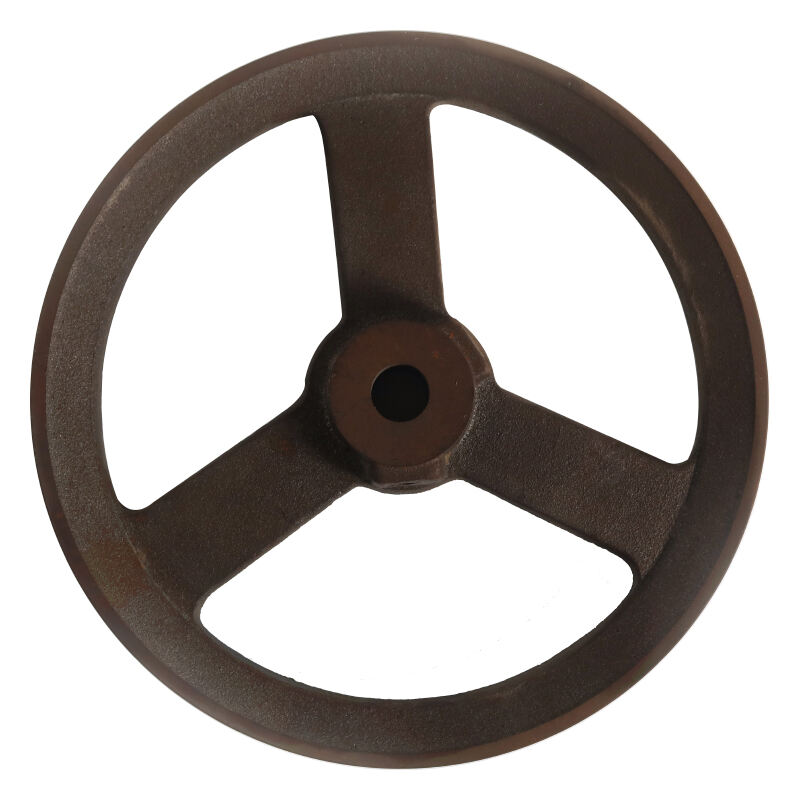casting metal parts
Casting metal parts represent a fundamental manufacturing process that transforms molten metal into precisely shaped components through solidification in molds. This versatile technique enables the production of complex geometries and intricate designs that would be difficult or impossible to achieve through other manufacturing methods. The process begins with the creation of a pattern, followed by mold preparation, metal melting, pouring, and solidification. Modern casting techniques incorporate advanced technologies such as computer-aided design (CAD) and simulation software to optimize mold filling and solidification patterns. These parts find extensive applications across various industries, including automotive, aerospace, construction, and machinery manufacturing. The process allows for the production of both small precision components and large structural elements, offering excellent material properties and cost-effective manufacturing solutions. Different casting methods, such as sand casting, die casting, and investment casting, provide flexibility in meeting specific requirements for surface finish, dimensional accuracy, and mechanical properties. The ability to produce parts in various metals and alloys, combined with the potential for mass production, makes casting an indispensable manufacturing process in modern industry.


